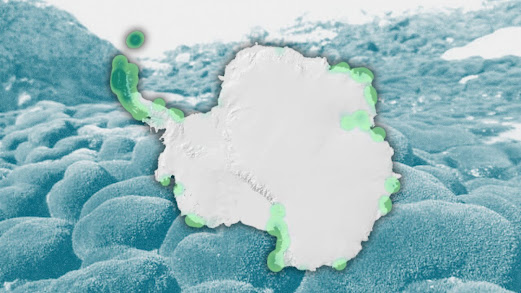ICY NO MORE: Rapid greening in Antarctica signals alarming climate shifts
Diane Joy Galos
Antarctica, known as the world’s iciest continent, is witnessing an alarming increase in plant cover due to climate change.
A recent study shows that the Antarctic Peninsula has experienced a nearly twelve-fold expansion in plant life over the past 35 years.
Researchers discovered that since 2016, the spread of mosses on the peninsula has accelerated, signaling significant environmental changes.
“The landscape is still almost entirely dominated by snow, ice and rock, with only a tiny fraction colonised by plant life,” Thomas Roland, co-author of the study, said.
“That tiny fraction [of plant life] has grown dramatically — showing that even this vast and isolated ‘wilderness’ is being affected by anthropogenic climate change.”
Satellite images from 1986 to 2021 revealed that plant cover increased from less than 1 square kilometer in 1986 to nearly 12 km² in 2021.
The growth rate of plant cover between 2016 and 2021 was 45% higher compared to the period from 1986 to 2004.
The increase in greening is largely attributed to the expansion of mosses, which are building soil that could allow other plants to grow.
While the greening shows how climate change is impacting the region, it also brings risks.
Researchers warn that the growing plant life and new soil could invite nonnative species, which may harm the native animals and plants that are uniquely adapted to Antarctica's harsh conditions.
“Under future anthropogenic warming, we could see fundamental changes to the biology and landscape of this iconic and vulnerable region.” Roland said.
This greening pattern isn’t confined to Antarctica; climate-driven plant expansion is impacting drylands worldwide.

